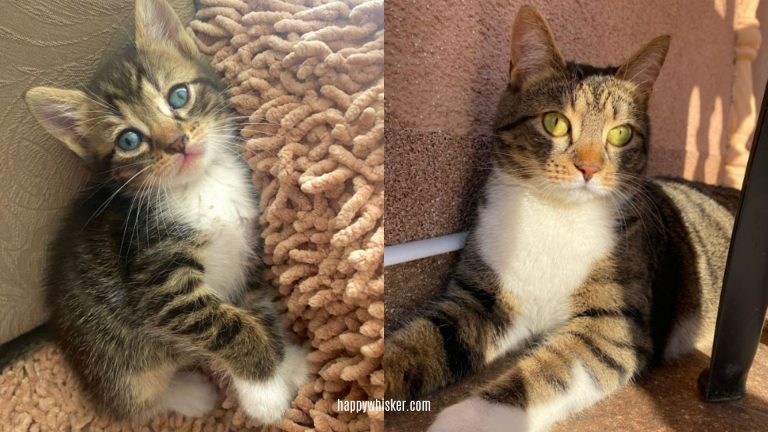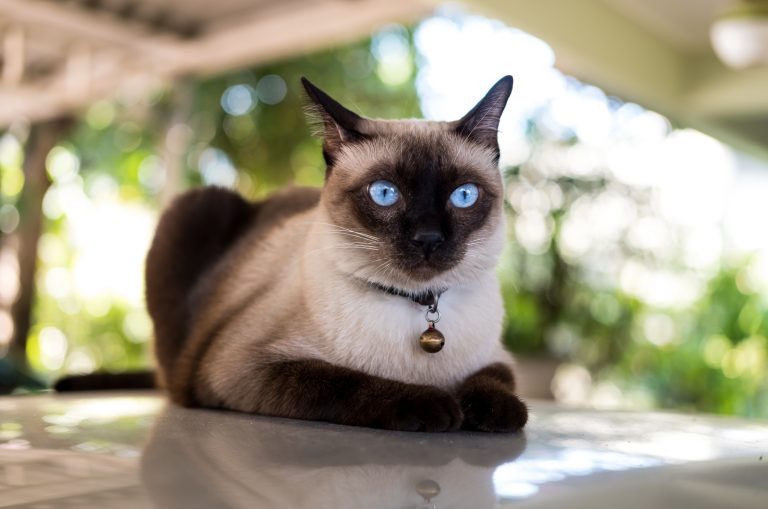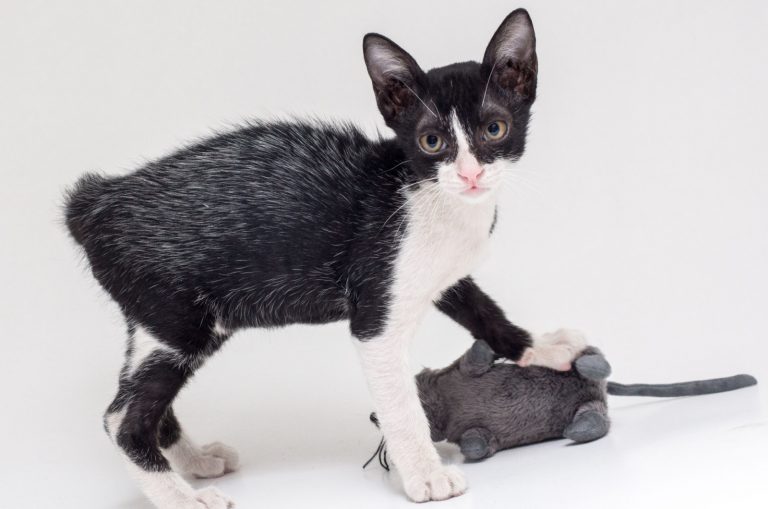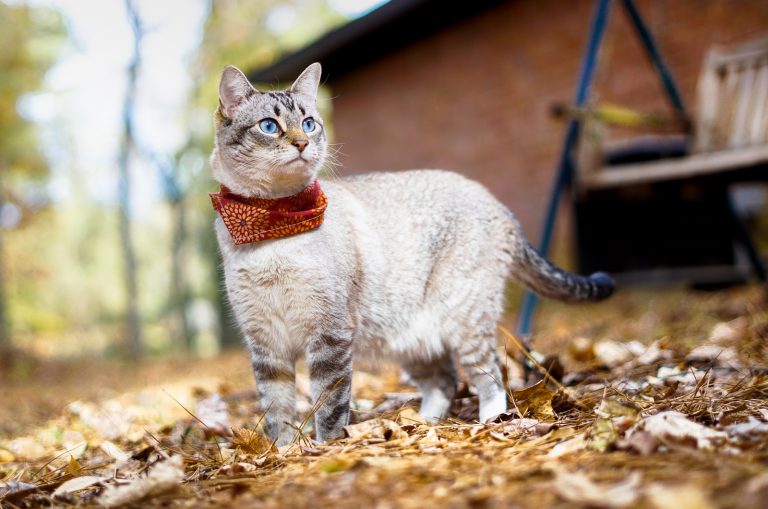17 Smallest Birds Ever Spotted In The U.S.
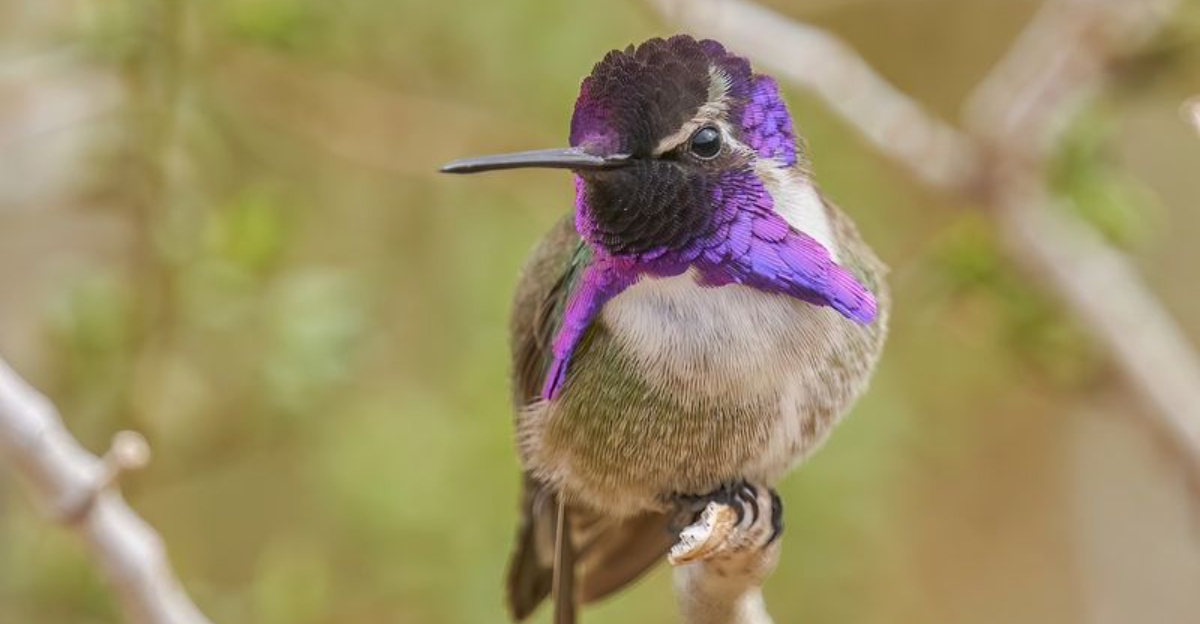
America’s skies are home to some truly tiny feathered wonders. These miniature marvels might be small in size, but they’re mighty in personality and survival skills.
From hummingbirds that weigh less than a penny to songbirds that can survive freezing temperatures, these pint-sized birds prove that sometimes the most remarkable things come in the smallest packages.
1. Calliope Hummingbird (Selasphorus calliope)
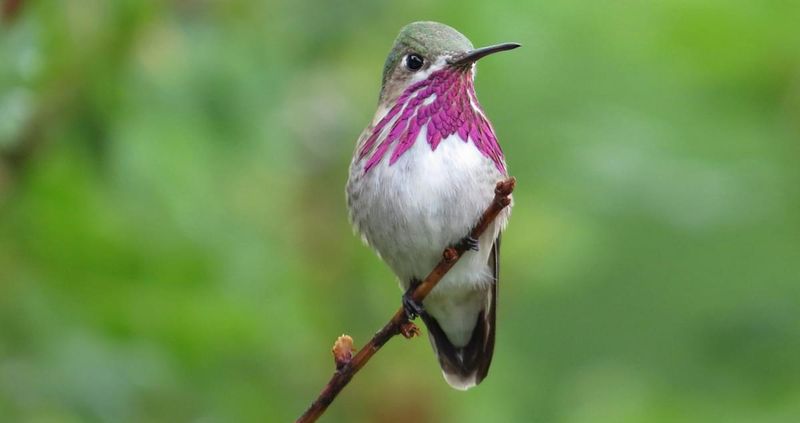
Weighing less than a penny, these flying jewels are America’s smallest native birds. Their iridescent magenta throat feathers flash brilliantly in sunlight, creating a star-like pattern.
Despite their tiny size, they make an incredible 5,600-mile migration journey annually between Mexico and the Pacific Northwest. Their hearts can beat up to 1,200 times per minute during flight!
2. Ruby-crowned Kinglet (Corthylio calendula)
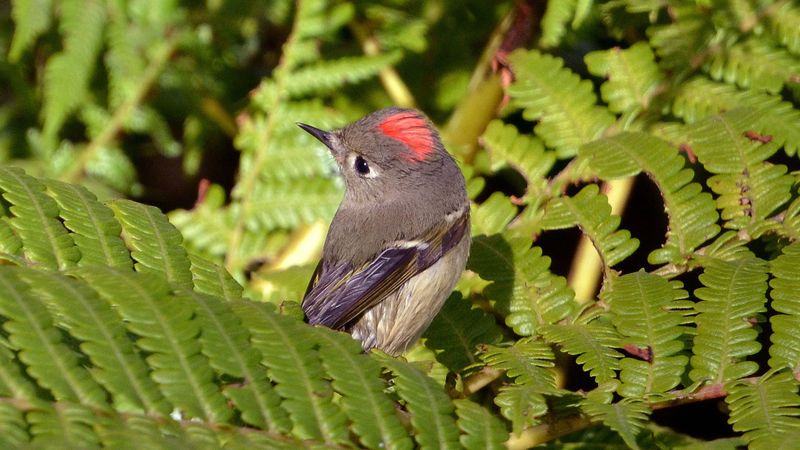
Hyperactive bundles of energy constantly flicking their wings while hunting insects. Males hide a brilliant ruby crest that flashes dramatically when excited or threatened.
Don’t be fooled by their tiny bodies – their songs fill forests with surprisingly loud, complex melodies. These olive-green sprites survive brutal northern winters by fluffing their feathers to create insulating air pockets.
3. Golden-crowned Kinglet (Regulus satrapa)
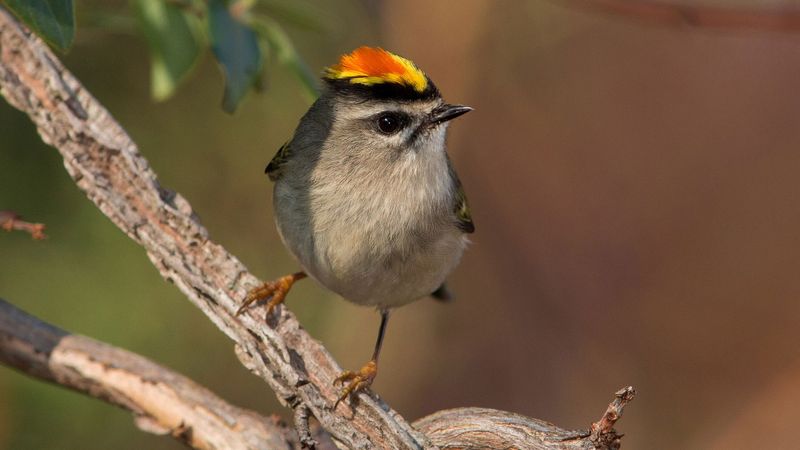
Fearless winter warriors that thrive in freezing temperatures where larger birds struggle. Their flame-orange crown stripe (males) sits bordered by bold black stripes, creating a striking appearance.
These half-ounce marvels huddle together on cold nights, with up to eight birds snuggling in a tight ball for warmth. They’re constantly moving, burning energy at incredible rates to maintain their tiny bodies.
4. American Bushtit (Psaltriparus minimus)
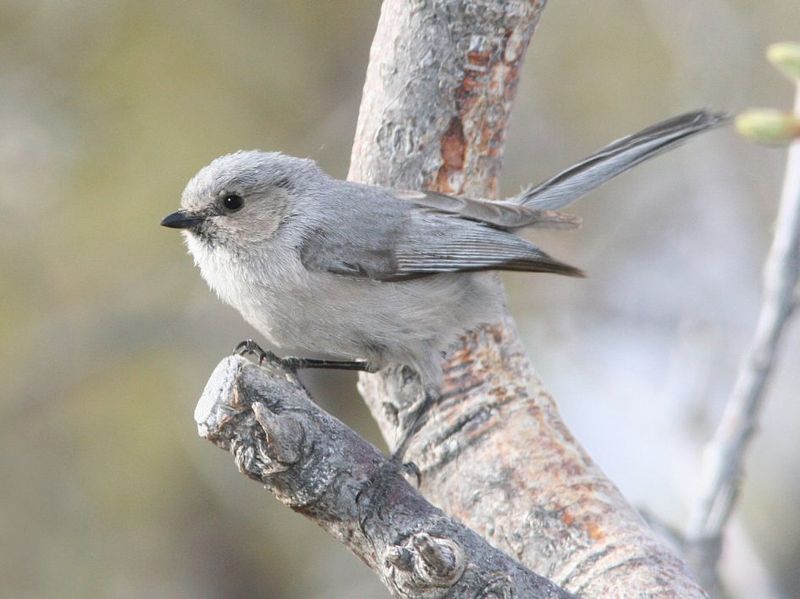
Social butterflies of the bird world! These gray puffballs travel in chattering family groups of up to 40 individuals, constantly communicating with soft calls.
Masters of architectural wonder, they build extraordinary sock-like hanging nests up to 12 inches long using spider silk, moss, and plant fibers. Their acrobatic feeding style involves hanging upside-down from branches while hunting tiny insects.
5. Pygmy Nuthatch (Sitta pygmaea)
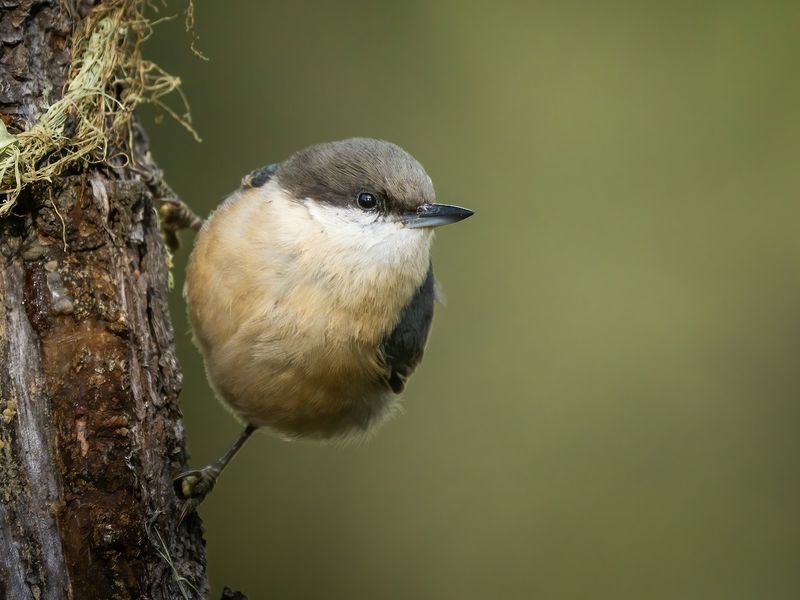
Gravity-defying acrobats that scamper headfirst down pine trunks with ease. Their cooperative living arrangements are remarkable – up to 100 birds might cram into a single cavity on cold winter nights!
These blue-gray mountaineers with their distinctive white eyebrow and squeaky-toy calls maintain complex social hierarchies. They’re pine forest specialists that cache thousands of seeds annually, remembering each hiding spot with impressive precision.
6. Costa’s Hummingbird (Calypte costae)
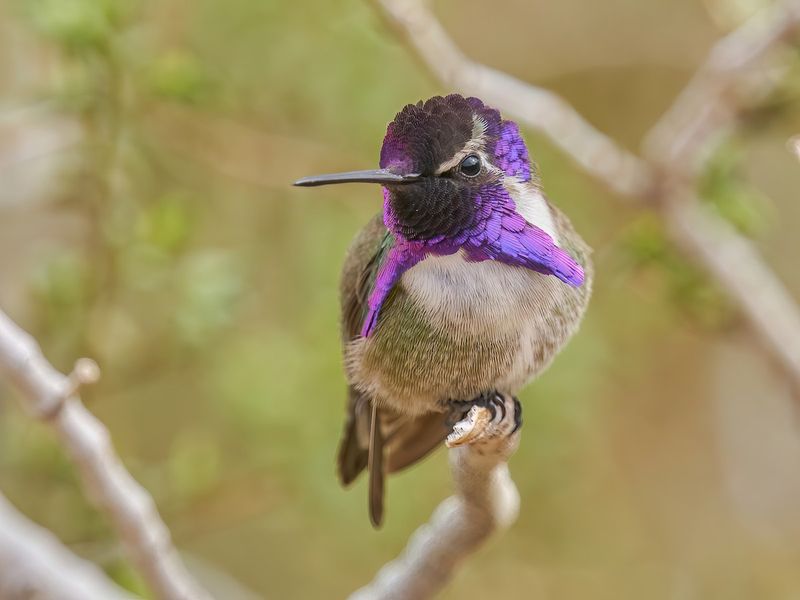
Desert specialists with attitude! Males sport a spectacular purple gorget that extends into a flared “mustache” when displaying for females.
These southwestern dynamos can survive temperatures exceeding 100°F by entering torpor, slowing their metabolism dramatically. Their wings beat 70 times per second, creating their signature high-pitched buzz as they defend territory ferociously despite their diminutive stature.
7. Least Flycatcher (Empidonax minimus)
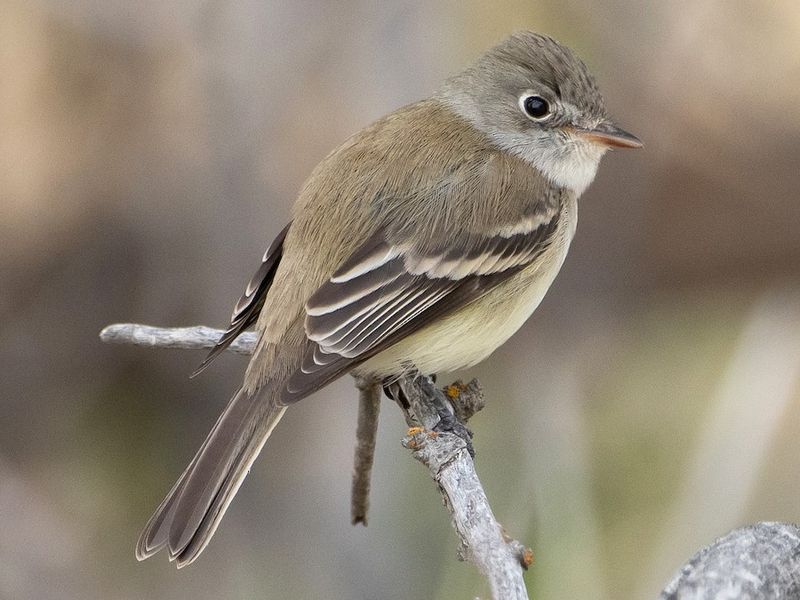
Vocal overachievers that announce their presence with repetitive “chebec” calls up to 60 times a minute during breeding season. Their aggressive territoriality belies their diminutive size – they’ll fearlessly chase much larger birds away.
Masters of aerial precision, they snatch flying insects mid-air with lightning-quick reflexes. Despite measuring barely 5 inches long, these determined little birds migrate thousands of miles between North and Central America annually.
8. Ruby-throated Hummingbird (Archilochus colubris)
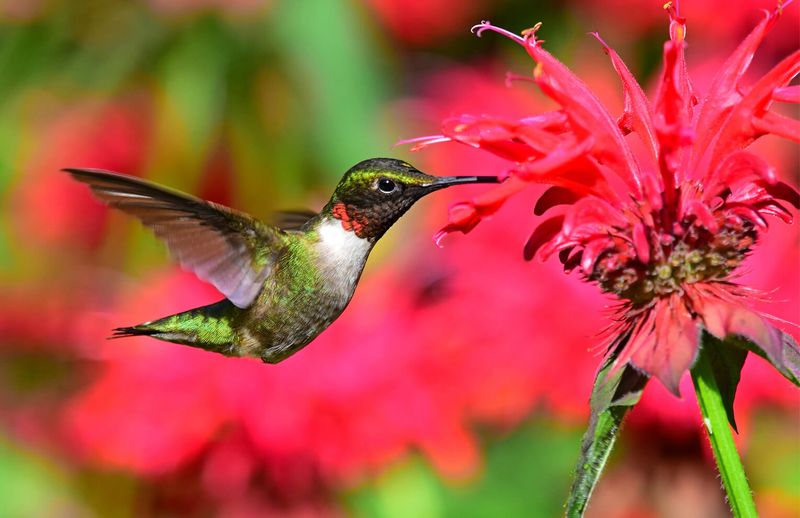
Aerial daredevils that cross the Gulf of Mexico in a single 500-mile non-stop flight during migration. Males flash their metallic ruby-red throat patches to impress females during spectacular diving courtship displays.
Their wings beat 53 times per second, creating their namesake humming sound. These fierce little defenders establish feeding territories at flower patches, chasing away rivals with surprising aggression despite weighing less than a nickel.
9. Black-capped Chickadee (Poecile atricapillus)
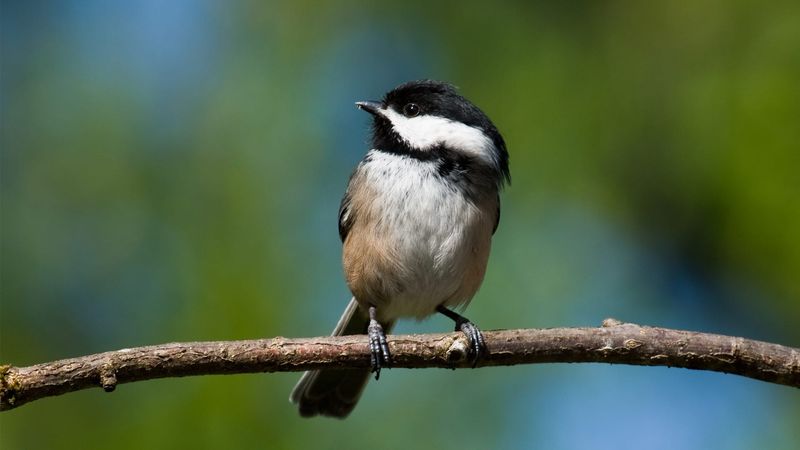
Winter’s cheerful ambassadors with their iconic black cap and bib. These curious little explorers will investigate anything new in their territory, sometimes landing on outstretched human hands.
Memory champions of the bird world, they can remember thousands of food cache locations for months. Their brain neurons actually increase in autumn to accommodate this feat! Their complex “chick-a-dee” call varies to communicate different types of predator threats.
10. Chestnut-backed Chickadee (Poecile rufescens)
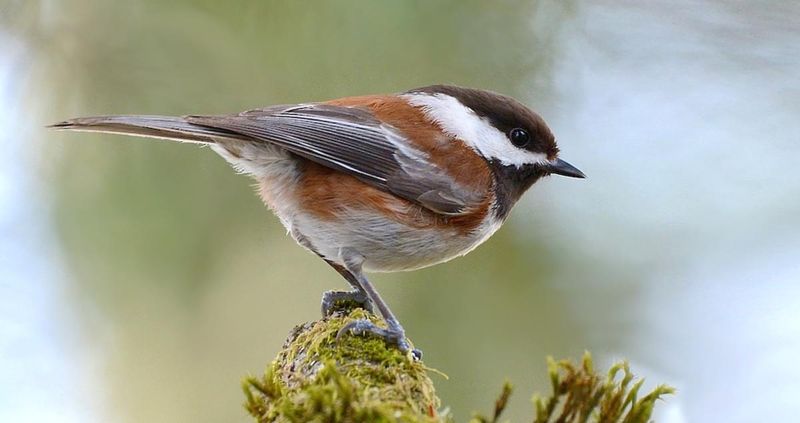
Rich chocolate-colored backs make these tiny birds stand out in Pacific coastal forests. Their social hierarchies are fascinating – pairs maintain year-round territories but join mixed-species flocks in winter.
Adaptable survivors, they’ve learned to take advantage of human environments, nesting in unusual places like mailboxes or pipes. Their calls contain specific information about food sources that other flock members understand and respond to immediately.
11. Northern Parula (Setophaga americana)
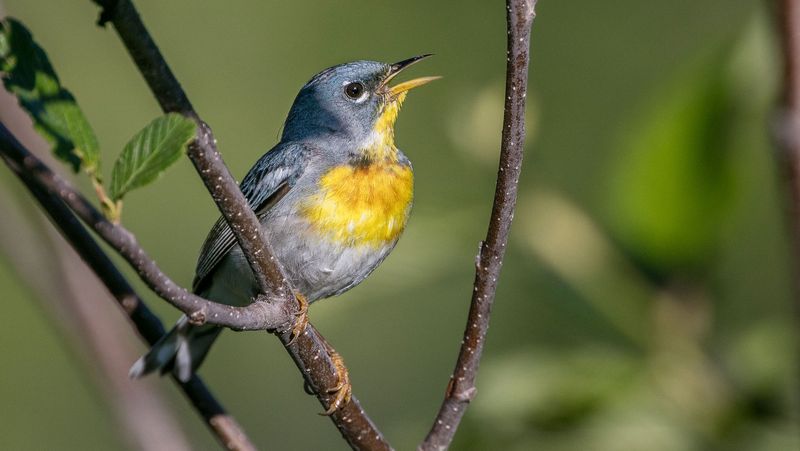
Musical maestros with songs that rise in pitch before ending in a distinctive buzzy trill. Their striking blue-gray backs contrast with yellow throats and chestnut breast bands, creating a colorful palette despite their tiny size.
Spanish moss specialists in the South, they weave nests within the hanging strands, creating perfect camouflage. These tiny warblers perform incredible migration journeys between North America and the Caribbean, navigating by stars and Earth’s magnetic field.
12. American Goldfinch (Spinus tristis)
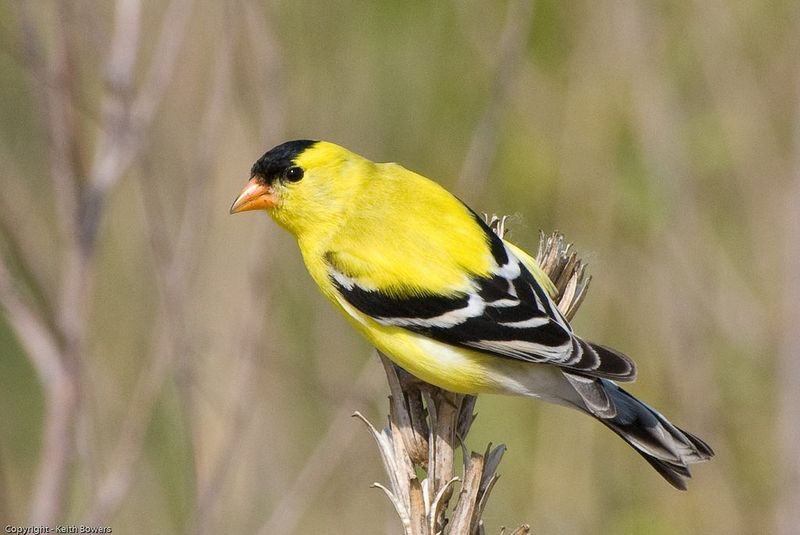
Flying sunshine! Males transform from dull olive-brown to brilliant lemon-yellow each spring, a dramatic makeover that few other birds can match.
Late-season nesters, they time reproduction perfectly with thistle seed availability. Their bouncy, roller-coaster flight pattern is instantly recognizable as they call “po-ta-to-chip” in flight. These vegetarian specialists have specialized bills for extracting tiny seeds from plants.
13. Carolina Chickadee (Poecile carolinensis)
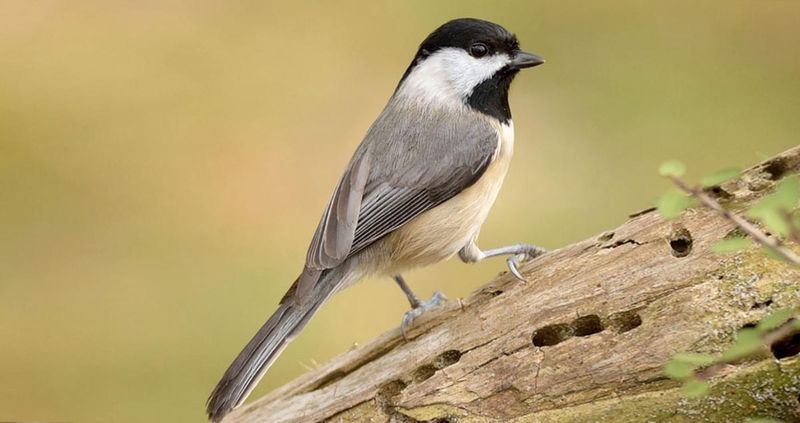
Southern social butterflies with incredible vocal repertoires of over 30 distinct call types. These pint-sized problem-solvers can remember solutions to food puzzles for months.
Family-oriented birds, they maintain tight-knit flocks with complex communication systems. Youngsters learn specific regional “dialects” from their parents. Despite weighing less than half an ounce, they survive winter by entering regulated hypothermia at night, dropping body temperature to conserve energy.
14. Brown-headed Nuthatch (Sitta pusilla)
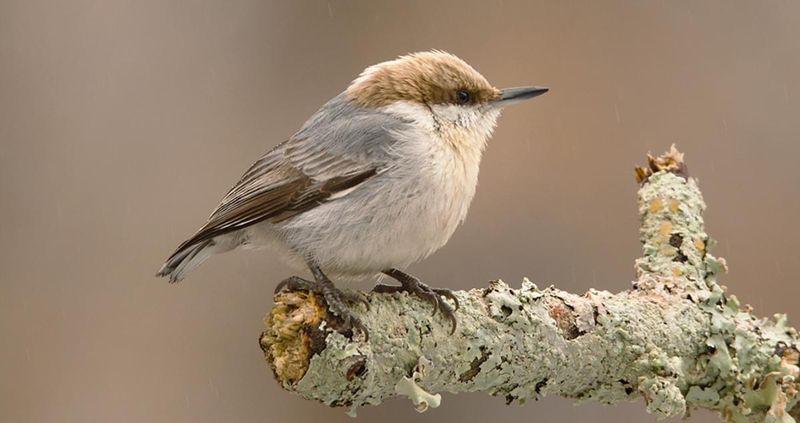
Tool-using geniuses of the bird world! These tiny innovators use bark pieces as levers to pry up other bark when hunting insects.
Their squeaky-toy calls sound like rubber ducks being squeezed. Cooperative breeders, younger birds often help parents raise new broods before starting their own families. These southeastern pine specialists can rotate their heads 180 degrees while climbing trees in their characteristic upside-down fashion.
15. Lesser Goldfinch (Spinus psaltria)
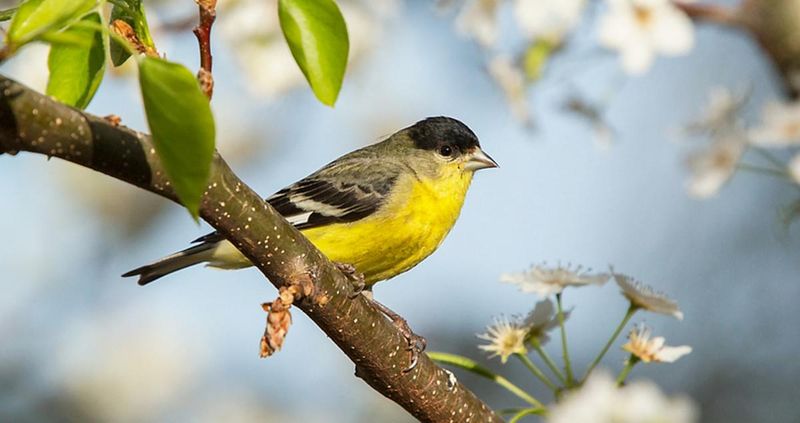
Musical mimics with extraordinary talent! These tiny vocalists incorporate sounds from other bird species into their songs, creating unique medleys.
Western populations sport glossy black backs while southwestern birds wear olive-green. Despite their small size, they’re bold enough to chase away much larger birds from feeding areas. Their specialized diet includes toxic plants that would sicken other species.
16. House Wren (Troglodytes aedon)
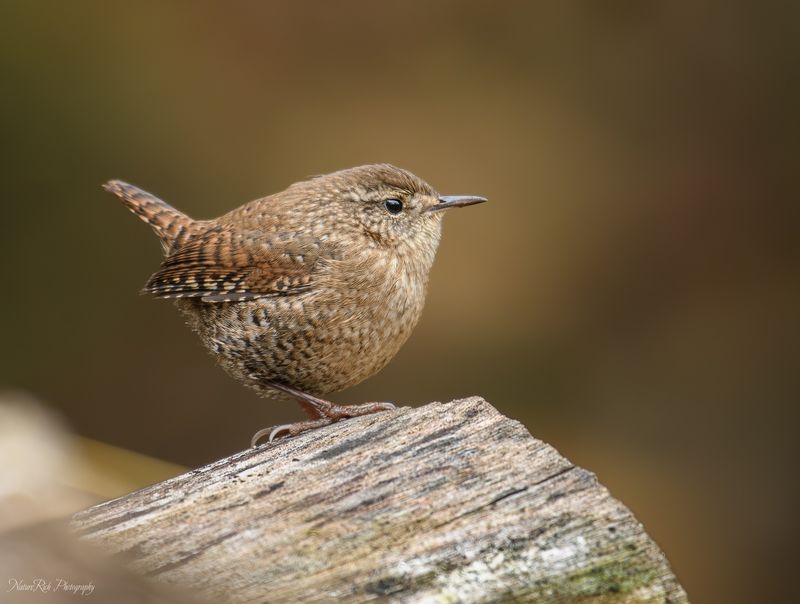
Feisty little bundles of energy with surprisingly loud, bubbly songs that seem impossible from such a tiny body. These chocolate-brown birds have personalities ten times their size!
Notorious for their home-wrecking habits, they’ll fill other birds’ nests with twigs to claim territory. Males build multiple “dummy nests” to give females choices. Their curved bills are perfectly designed for extracting spiders and insects from the tiniest crevices.
17. Yellow-rumped Warbler (Setophaga coronata)
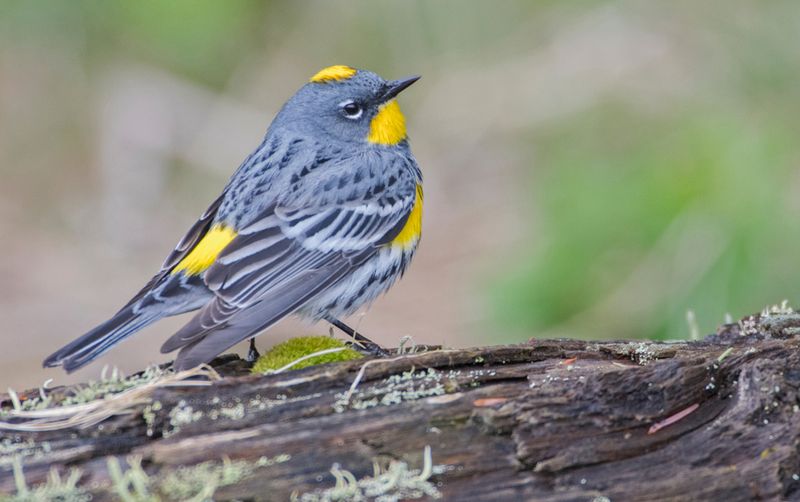
Winter survival specialists with a secret superpower! Unlike other warblers, they can digest waxy bayberries, allowing them to winter farther north than their relatives.
Their bright yellow rump patches flash like beacons during flight, earning them the nickname “butter butts” among birders. These adaptable foragers switch feeding techniques seasonally – hawking insects in summer and plucking berries in winter with equal skill.


